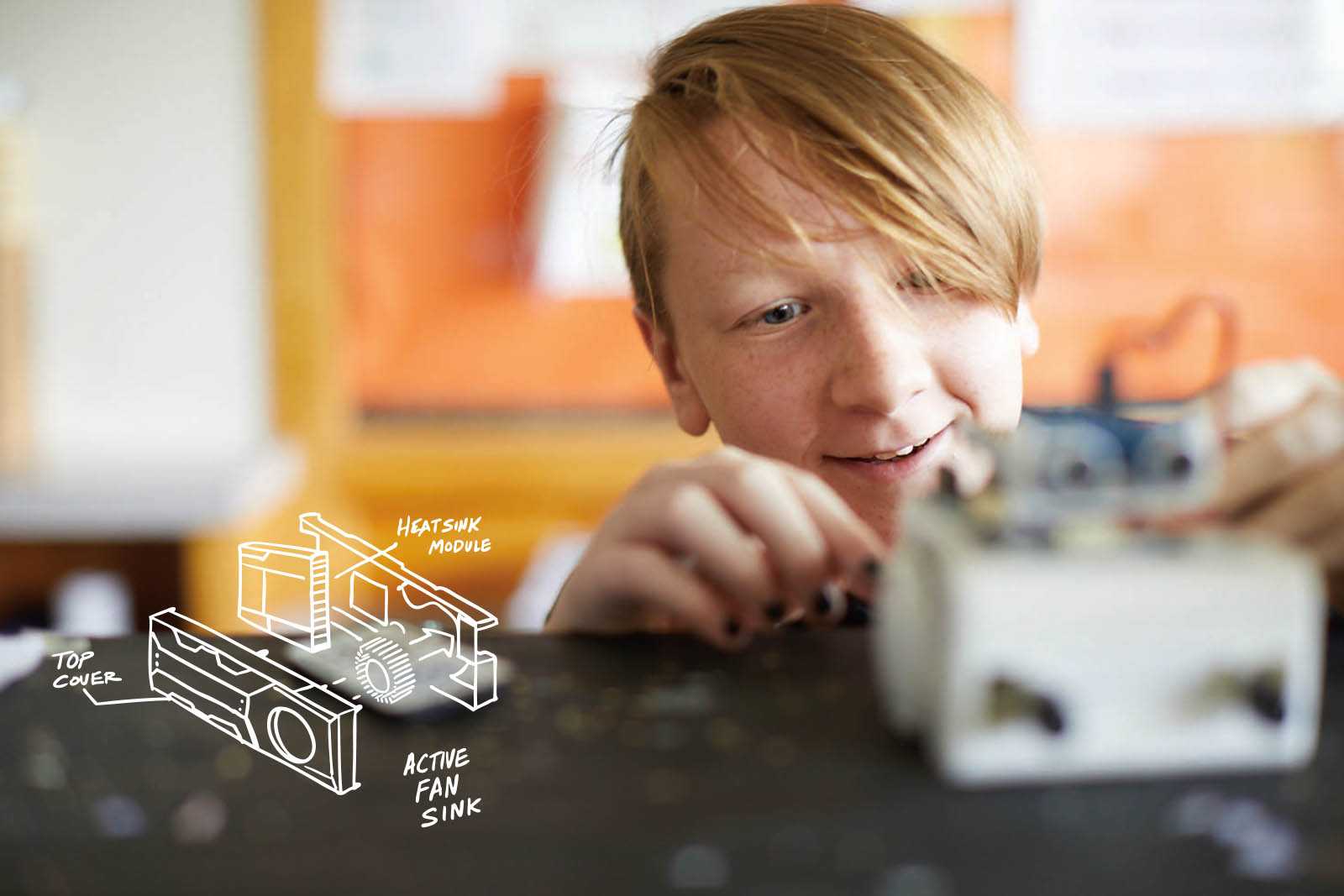Get Organized

The moment has come to get high school transformation underway in your school or community. At this point, your priorities include gathering a committed and diverse design team, exploring what brings everyone to the table, and establishing some goals—for what you’re trying to do, and for how you’ll work together to achieve your objectives.
Build a Great Team
Recruit a team that reflects the diversity of your school community. Seek out people who will help generate bold ideas, build connections between school and community, and stick with you for the long haul. Young people have an especially important contribution to make! Be sure to include:
- Students, especially those from traditionally marginalized communities
- Parents, caregivers, and other family members
- Fabulous teachers with a track record of ensuring that every student learns
- Teacher leaders with a knack for adult learning
- A counselor or youth development expert
- Someone who really understands remote and hybrid learning
- Someone with a vision for the role of the arts in education
- Someone who loves doing research
- A strong, persuasive, fast writer
- A tech whiz who’s willing to problem solve and help others
- An educator from an afterschool program, museum, or other institution that serves young people
Don’t hesitate to reach beyond your school community. Invite leaders of local nonprofits, health professionals, designers and artists, employers and entrepreneurs, scientists, college students, and others with a true commitment to young people and the future of your community. Remember, you can add people to your team later on as you build momentum.
Learn About Each Other—and Why You’re All Here
Once you’ve recruited your initial team, take time to get to know each other as people. Find out why this work matters to you, individually and collectively. At an early meeting, invite everyone to share a story about an important moment from their own high school experience, a situation in which they were personally affected by inequity, and a concern or question they believe the team needs to explore.
Start to figure out what you’re solving for. Ask critical questions about how well your local high schools are serving students today. Are all students getting the preparation they need to succeed in college and their future careers? What problems or inequities will your team need to study and address? What opportunities do you see? In other words, how can you make sure every single student experiences a truly rigorous, engaging, meaningful high school education?
Get Ready to Work Together Productively
You’ll want to agree on a few ground rules for how you’ll work together as a team. Here are some recommended guidelines:
- Be honest about the strengths and challenges faced by your school and community. This is your chance to get real about what is and what could be!
- Create a level playing field where all voices are acknowledged equally.
- Respect the expertise of educators, but encourage full participation by students, families, and community members.
- Encourage a diversity of opinion. And be careful not to agree too soon.
- Always seek out the views and experience of high school students and show respect for their leadership.
- Listen to one another and believe in yourselves.
- Be creative and generative!
Be sure to discuss and agree on some shared expectations for team participation. When and where will you meet, and how often? Will you meet in person, virtually, or a combination of the two—and how will you use technology to maximize access and participation? What happens if someone misses a meeting, or several meetings? Who will take responsibility for specific tasks like scheduling meetings, sending out reminders, and maintaining a shared calendar? Will one person take notes consistently, or will you rotate? Think through the people, roles, and skill-sets represented on your team and ask yourselves, together, if you need to add members to expand your collective capacity, include more voices, and more closely represent your school community.
Analyze
You’ll need all the capacity you can get to design an extraordinary, equity-driven high school. Take a look at your team and ask yourselves, Who’s here? Who’s missing? How can we bring more contributors to the table to expand our reach and effectiveness?
Step 1 – Research
Take an inventory of your current team members. This will help you understand who’s at the table, and who’s not.
- Map out the roles represented among your existing team: students, educators, school leaders, community partners, family members, and others.
- Think about the skills and expertise current members bring. What skills do you think will be most important for designing your school? Would it be helpful to include designers, scientists, business people, artists, social service providers, college faculty, youth workers, writers, media specialists, or others?
- Now consider your team’s access to power and influence. Do team members have connections with key sectors of your community—including political, philanthropic, educational, business, and cultural leaders—that can help build support for your work?
- Finally, consider social identity. Does the composition of your team reflect the students in your school community, in terms of race/ethnicity, socioeconomic status, first language, special education status, gender and sexual orientation, and other important categories?
Step 2 – Reflect
Now reflect together on how you might expand the team—and thereby expand your capacity to design an equity-driven school.
- Do you need to expand representation for specific groups—especially students?
- Are you missing essential skills and expertise from your core team?
- Could you strengthen your capacity by broadening the range of perspectives represented on your team?
- How can you reach out to recruit additional members? Could you engage an even wider circle with virtual town halls, presentations, focus groups, or other events?
